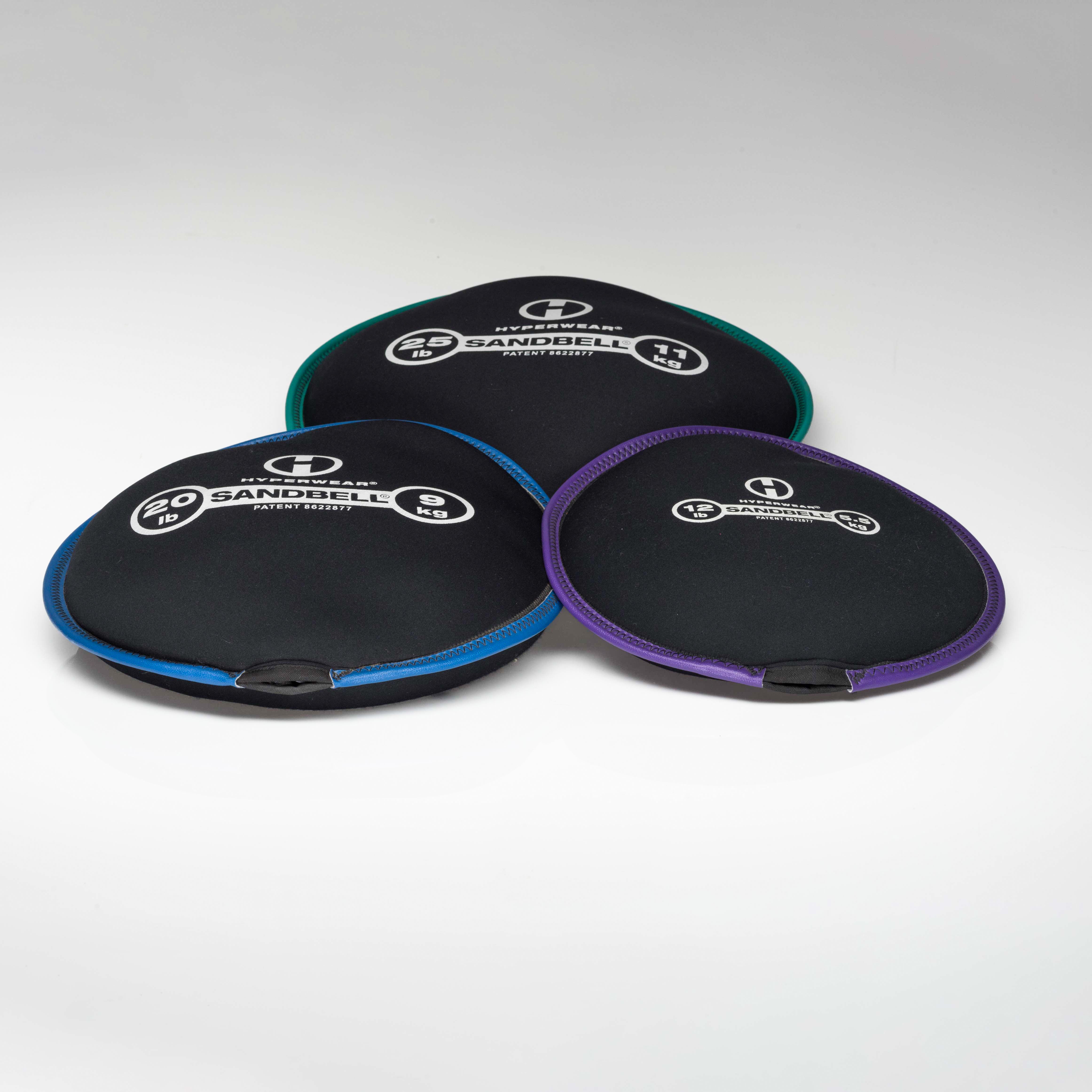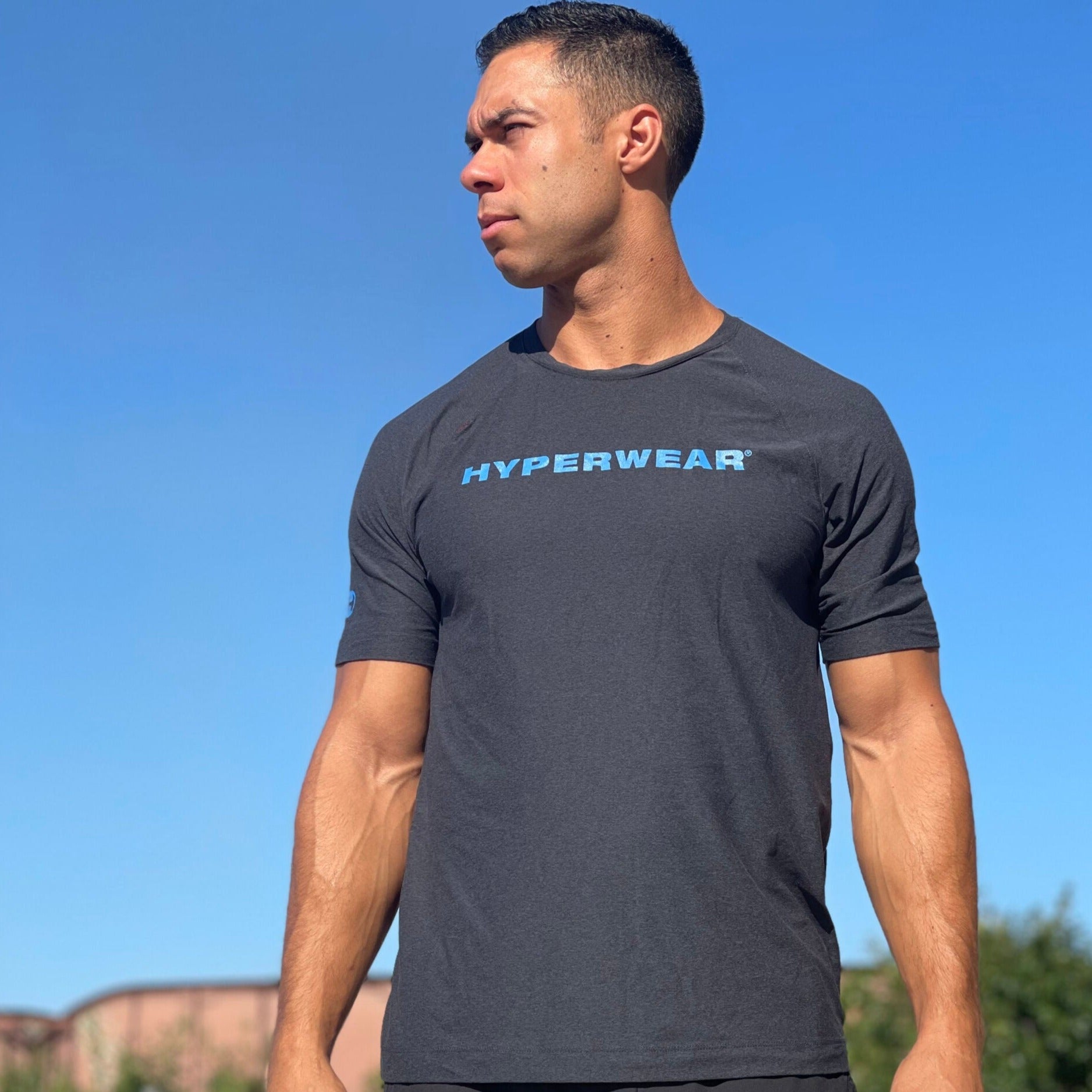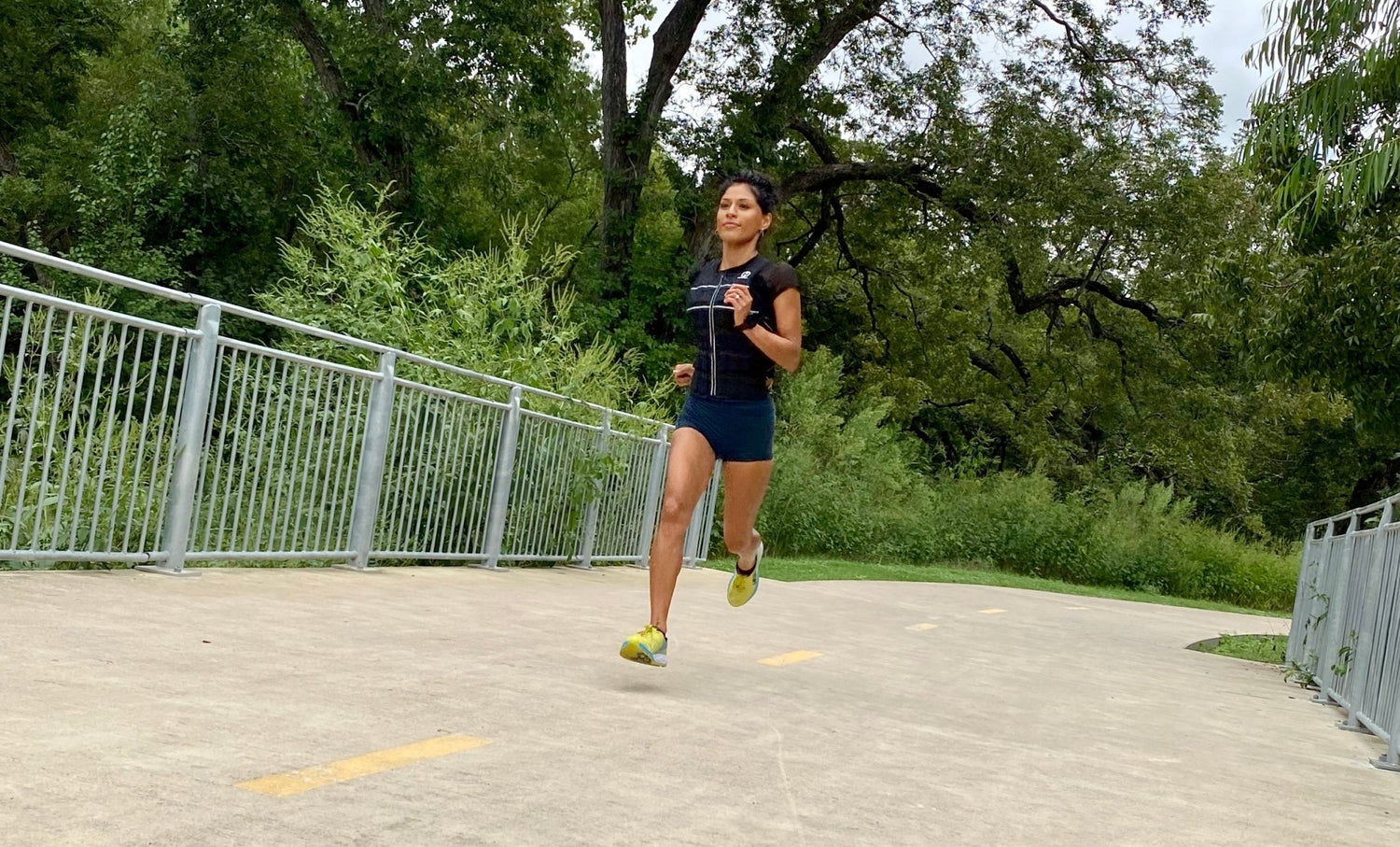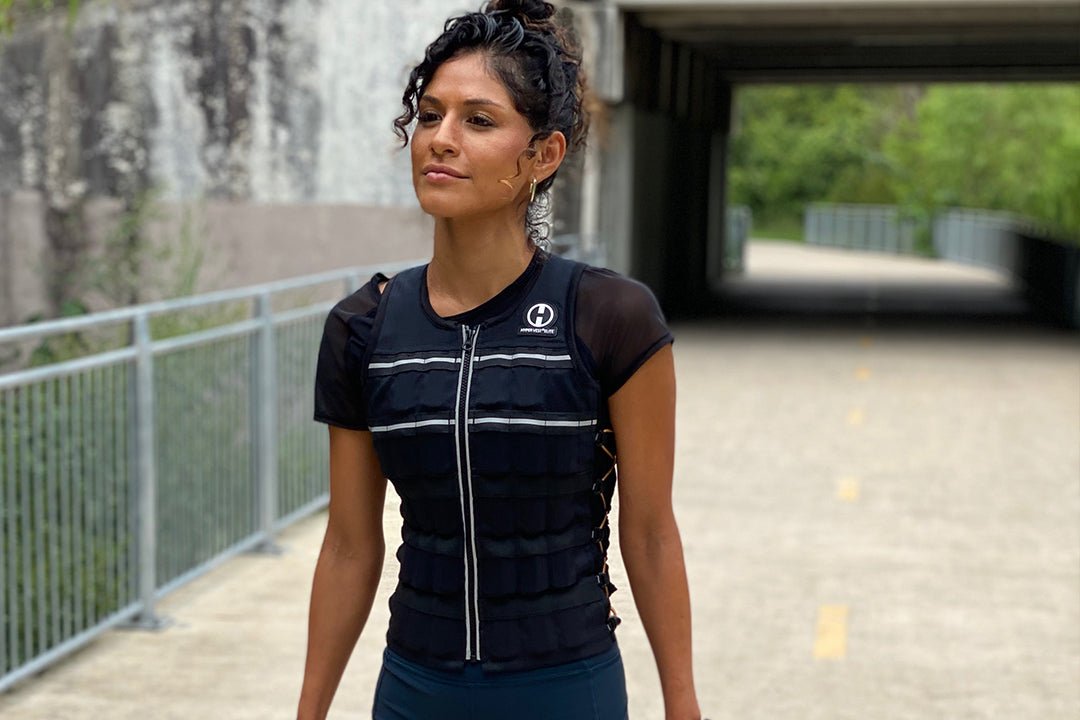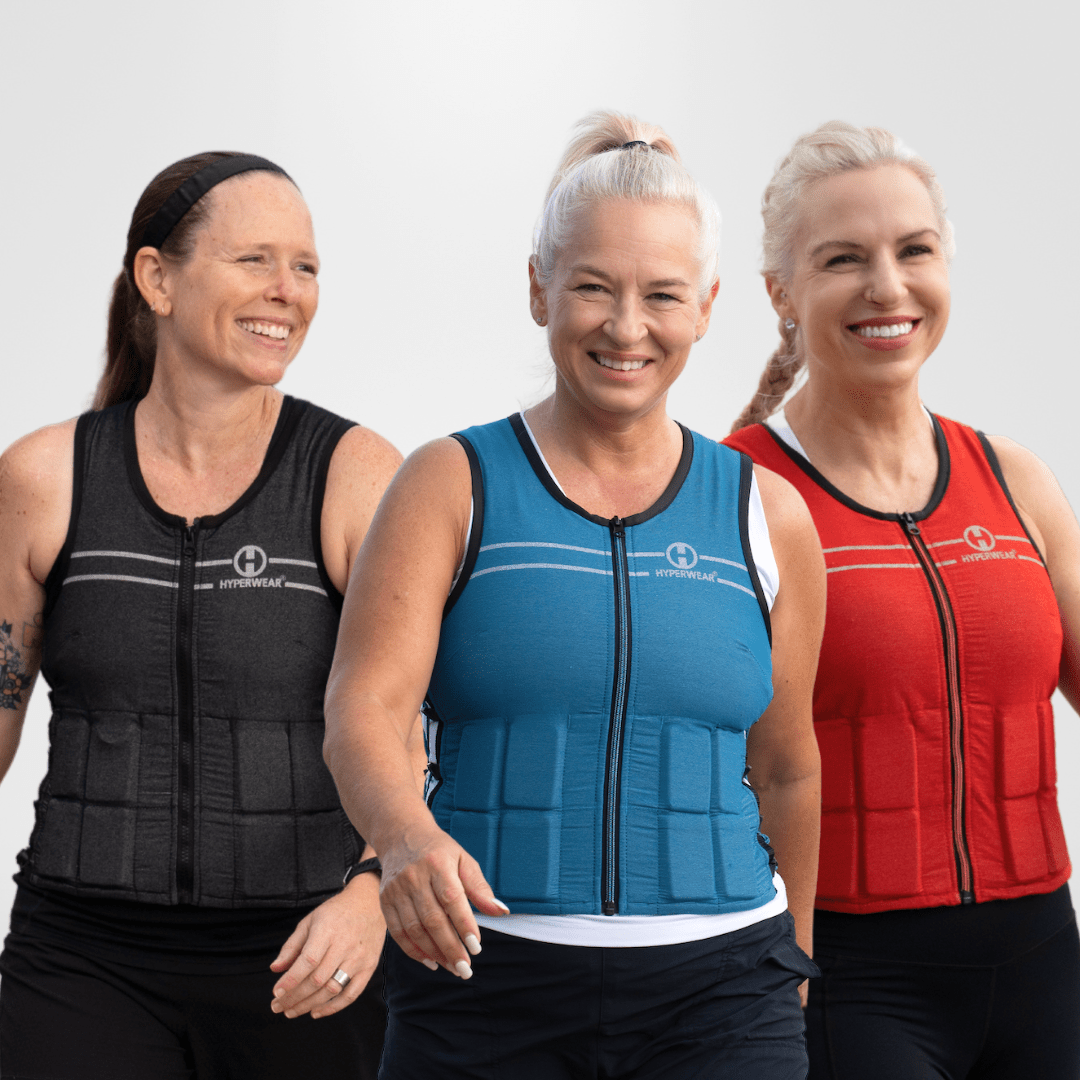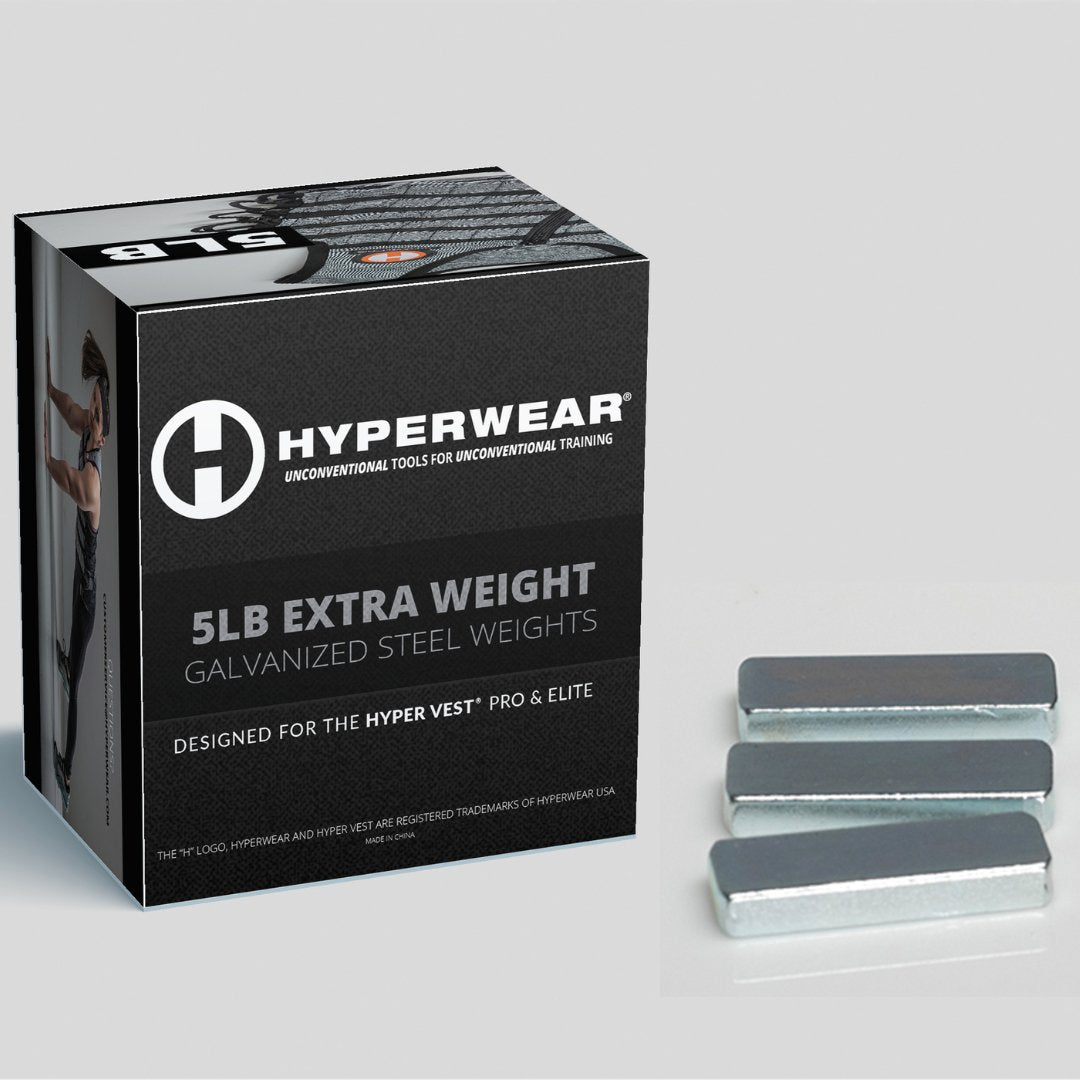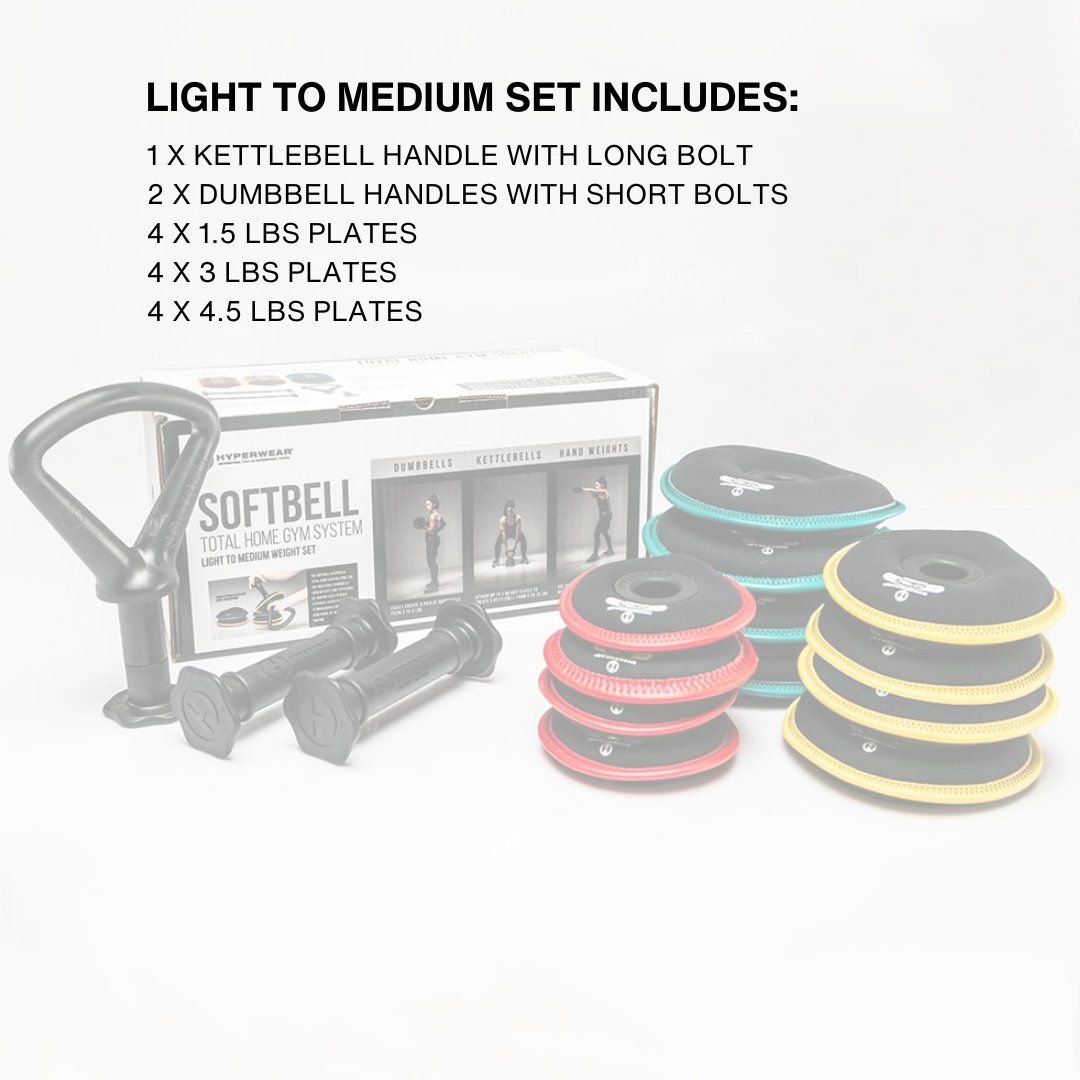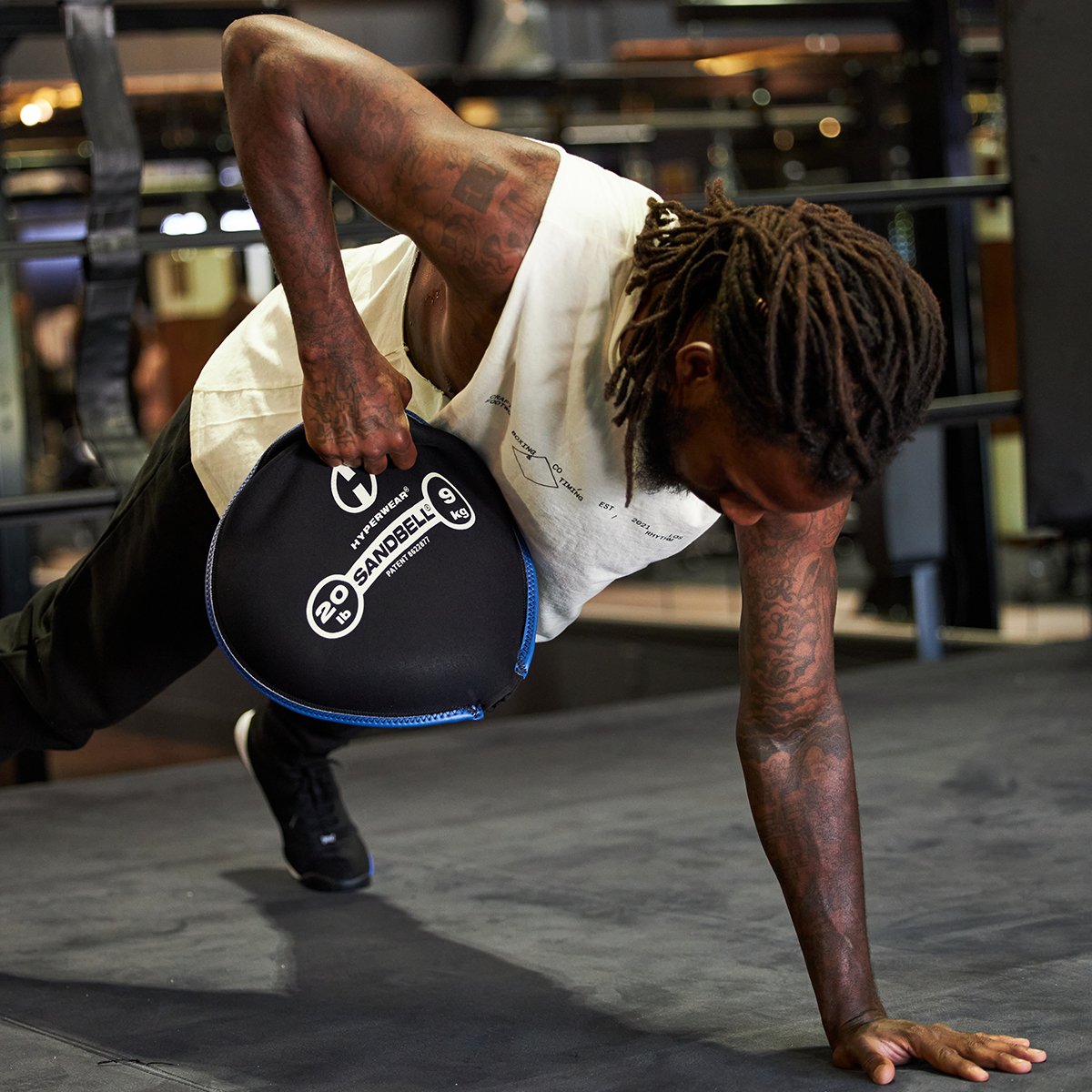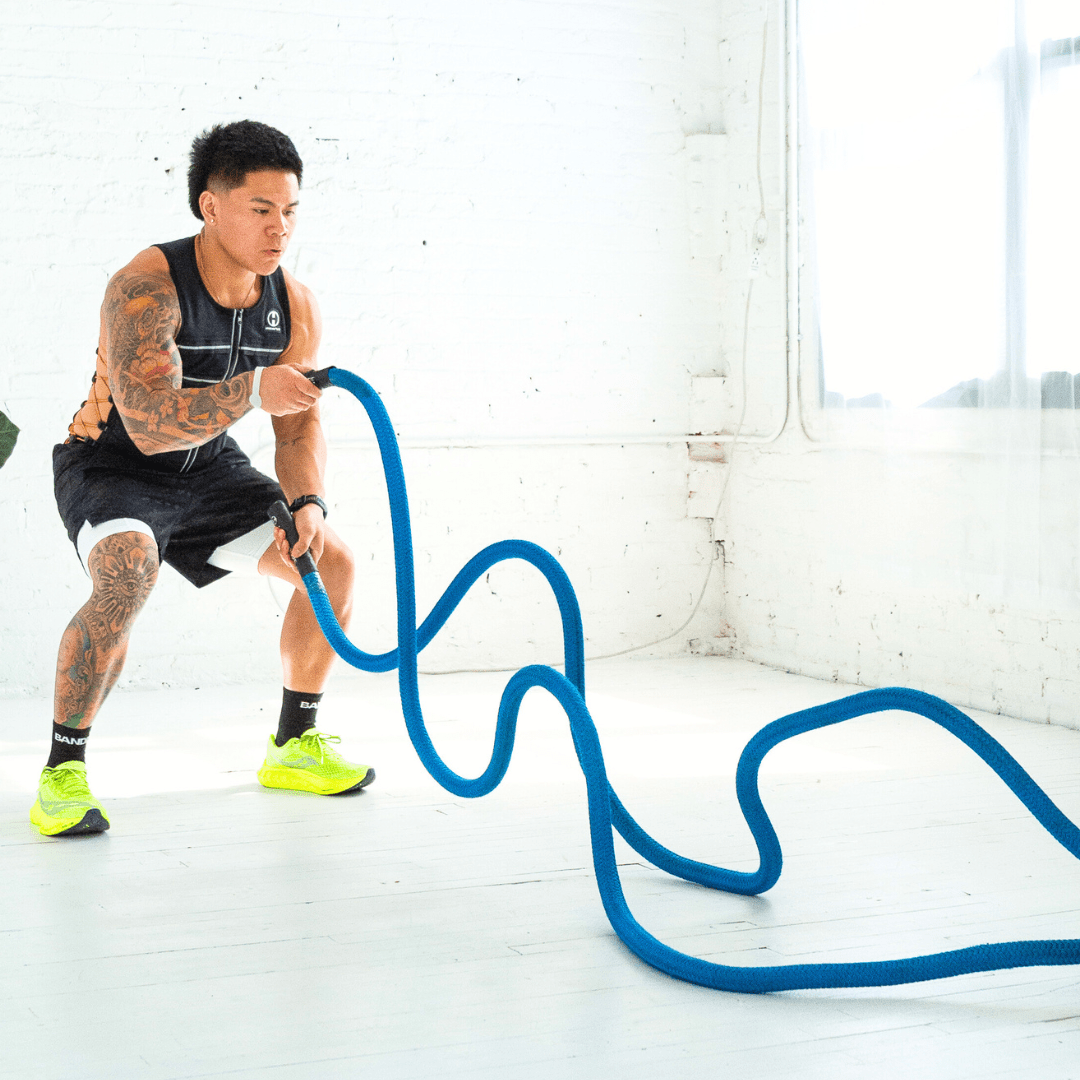xploring how short distance speed-work with a weighted vest compares to long steady running.
So why would someone choose short distance or long distance when running in a weighted vest? The main goal remains the same for both types of runs; to improve performance and health. However, how you utilize the vest for each kind of run will differ on the type of results you should expect to see for performance and health.
As mentioned in the previous article, one of the first ways to start running with a weighted vest, whether it be short or long distance, is to slowly progress the weight of the vest with short distance intervals. The distance of these intervals can be anywhere from 30 meters to 100 meters and the amount of intervals can range from 5 to 10. Keep in mind that the weight should be at the lightest when just starting out. Give yourself plenty of rest when growing accustomed to the vest. Once you have mastered your vest goal weight, you choose the type of running that fits your performance goals.
Speed Work

The main goal in speed work is to increase your power output in shorter periods of time. Sports like sprinting, basketball, and football can benefit from this type of work. You are also more likely to see faster physical changes such as weight loss or muscular growth. When focusing on speed work, it is a continuation of the foundation you built from performing short distance intervals.
At this point, you should have worked your way up to your goal weight to begin training for speed. Start with body weight warm ups and then follow this up with a few strides to prepare your form and mechanics. Once this is done, put on the vest and begin with sprints (of your chosen distance) around 60-70% effort. Slowly increase the effort until you reach 90-100%. Continue with a few more sprints at 90-100%. After a longer period of rest, follow this up with one or two more body weight sprints to compare your effort and form. It is important to note that you should see little to no change in your sprinting form when wearing a vest.
Going the Distance
At the other end of the spectrum is long distance. When running long distances in a weighted vest, your body is affected differently. Your body will increase its bone density and muscular endurance with more time spent wearing a weighted vest. Depending on the terrain, the demand for balance and coordination will be greater with each mile you travel. Activities such as mountain hiking, trail running, and even cycling will benefit greatly from long distance running.

Long distance running can vary from 1 mile to 25 miles depending on your activities’ needs. Unlike speed work, you may have to start over on slowly increasing the weight and distance for your runs. For example, If I want to get to running 5 miles in a 10lb vest, I would start running 1 mile with 3lbs in my vest. Then progress to run 1 mile in 5lbs and repeat this process until I reach 10lbs. From there, start over with the weight at 2 miles. The opposite method can be done where you start with a 10lb vest and progress from running half a mile to 1 mile to 5 miles. Each method has its own advantages depending on your needs. The goal is to spend more time wearing the vest either way. Warming up for run in a weight vest has also been shown to improve performance. Be sure to try wearing around 10% of your body weight for your pre-race warm-up.
Keep in mind, the greater the distance, the greater the need to incorporate walking breaks in these runs. Wearing the vest for 25 miles may reduce you to power hiking instead of running, but will benefit you much more than running all the way through. Read about training in a weighted vest for longer run and hike efforts like the Grand Canyon Rim to Rim to Rim challenge here.
Interested in how to train with a weighted vest? You can find an overview of the research done on weight vests here.
Checkout our top 5 weighted strength and mobility moves for runners









